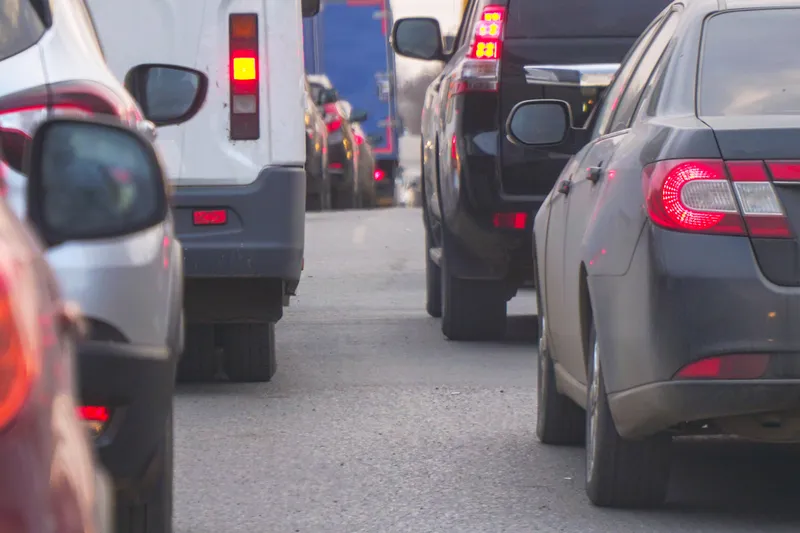Concateno, a leading drug and alcohol testing company, has unveiled the Alere DDS2 Mobile Test System, its next-generation handheld drug testing device. The company says it enables police to determine if a driver is under the influence of up to five drugs from a single oral fluid sample within five minutes, including cocaine, cannabis, opiates, amphetamines and methamphetamines.
March 23, 2012
Read time: 2 mins
The Alere is the successor to the Cozart DDS device, which has been successfully deployed by police forces in Europe and Australia, and won a Queens' Award for Innovation in 2010.
"Drug driving is a serious problem for road safety around the world," said Concateno's Bill Percy. ,international Business Development Manager. "There is growing evidence to indicate that there are just as many drug drivers on the road as there are drink drivers. In fact, Australian researchers found that 35 per cent of hospitalised drivers were affected by drugs, compared to just 29 per cent by alcohol."
The new CE-marked Alere DDS2 Mobile Test System has been developed for speed, accuracy, and ease of use, enabling police forces to quickly administer tests and work towards improving road safety. The device features improved THC sensitivity, a wider temperature range, and a colour screen that allows for better viewing under an assortment of roadside conditions. Importantly, the new testing device can also store up to 10,000 results using the data manager software, which generates drug trend reports, measures positivity rates and provides census information.
Australia was the first country to introduce roadside drug testing programmes, supported by a roadside testing and public awareness campaign. Over the past five years, the number of people charged with driving under the influence of drugs has dropped by half.
Commenting on this trend, the State of Victoria's Police Inspector Martin Boorman has said, "In Australia, the use of roadside drug testing technology has proved extremely successful and has certainly helped to make our roads safer. Roadside drug testing, much like the roadside alcohol screening test, acts as a deterrent, but also provides the police with a quick and effective means to help catch those people who drive while using illegal substances. This technology, used in conjunction with a widespread educational campaign, has and continues to be extremely successful."









